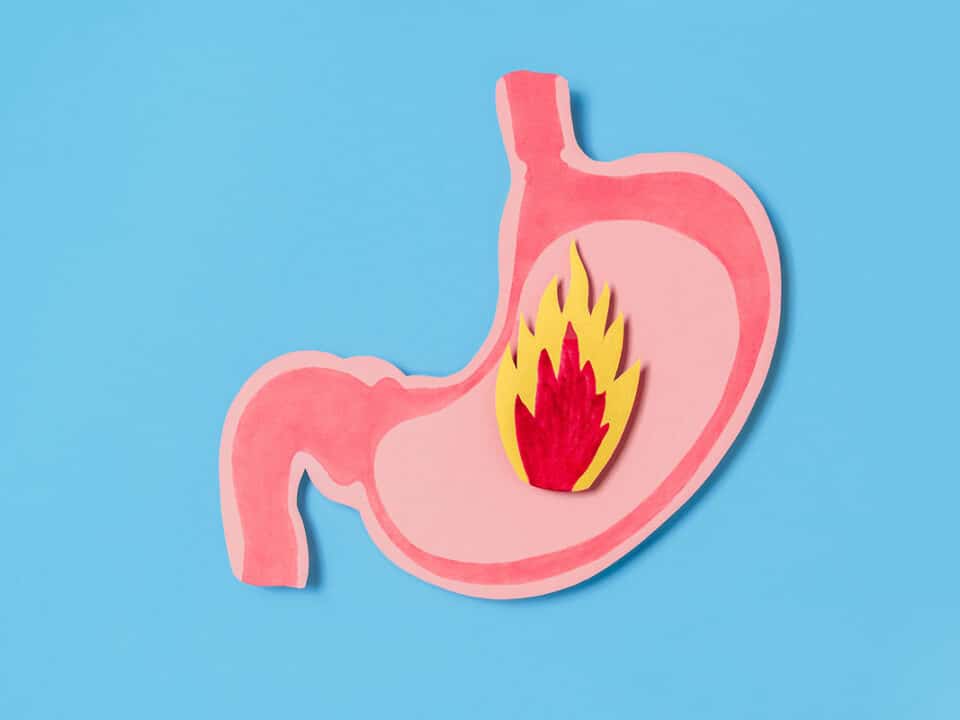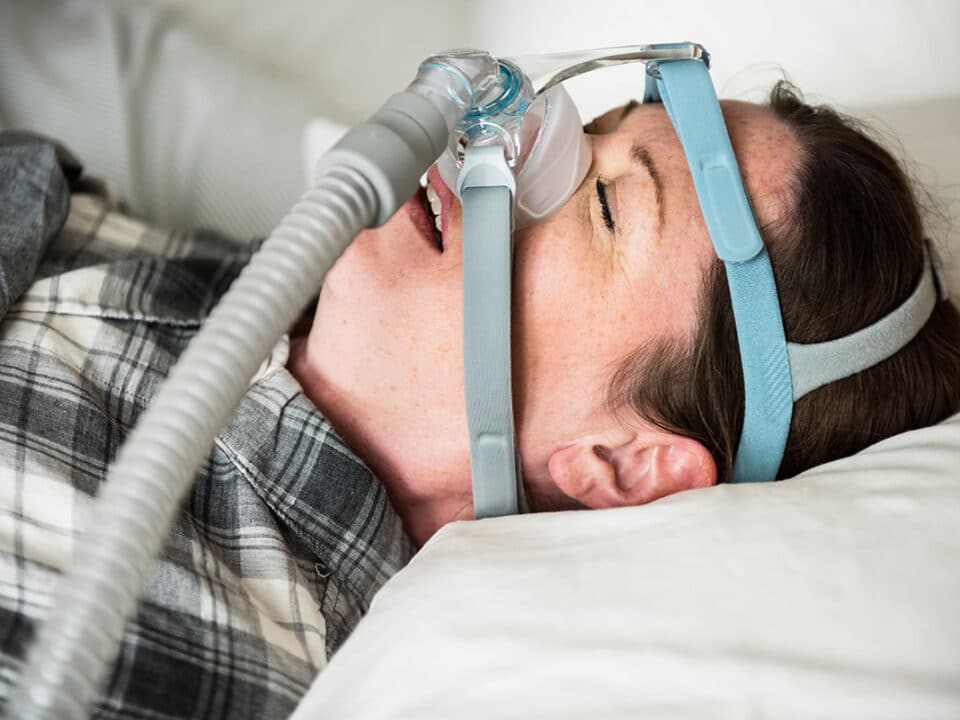Visiting the dentist can be a stressful time for many people. They often worry about pain or discomfort and sometimes feel threatened by the tools used during treatment. Sometimes patients feel anxiety that is strong enough to cause physical effects, or cause patients to neglect going to the dentist all together. Patients who suffer from severe dental anxiety may find sedation dentistry a huge help while visiting the dentist. There are also times, like when certain more invasive procedures are required, that sedation or sleep dentistry becomes necessary. Regardless of the reason, sedation dentistry is an option that patients can and should discuss with their dentist to determine if it is suitable for them.
What is Sedation Dentistry?
Sedation dentistry involves patients being given a drug before or during their treatment. There are a few common forms of sedation dentistry, with most offering relaxation and sleepiness to reduce a patient’s anxiety or stress. General anesthesia is another form of sedation dentistry, but this type is used to render a patient totally unconscious and is more involved than other methods.
Common types of sedation dentistry
Nitrous Oxide sedation: Also known as laughing gas, nitrous oxide is a gas that helps patients relax during treatment appointments. It is fast acting and wears off quickly. Patients report extreme relaxation and loss of interest in the dental treatment – also hilarity 
Oral dental sedatives: Patients with a history of dental anxiety may be prescribed oral sedatives including pills like diazepam to help the relax during appointments. These oral sedatives are typically taken an hour before an appointment to ensure they are working once patients sit down in the dentist’s chair. Effects include reduced anxiety and sleepiness. Duration and effects vary between medications and a medical prescription is often required to acquire oral sedatives.
Intravenous dental sedation: Intravenous (IV) sedation is also known as general anesthesia. It is also more often referred to as sleep sedation, or sleep dentistry instead of sedation dentistry. This type of sedation can place patients into varying stages of consciousness depending on what is required for specific procedures. General anesthesia’s effects can range from an unconscious deep sleep to something called “twilight sleep” where patients feel sleepy and become less aware of their surroundings. General anaesthesia is the most advanced form of dental sedation and comes with some potential side effects. Unless required, it is recommended to choose an oral sedative, or nitrous oxide instead. Patients should always speak with their dentist about whether general anaesthesia is required or recommended.
Local anesthetics: These are used to numb the mouth, or a specific area of the jaw so patients don’t experience pain. Local anesthetics are typically delivered via needle injections along strategic places of the gum line. If patients are fine with anxiety but do not tolerate pain (or the treatment requires it) a local anesthetic may be the best option.
How Sedation Dentistry Works
The dental sedation process varies depending on the type of sedation chosen by the dentist and the patient.
Nitrous oxide is administered once a patient arrives in the dentist’s chair via a gas mask that allows patients to inhale the sedative. Nitrous oxide requires no preparation on the patient’s part and the effects wear off quickly.
Oral sedatives typically require patients to obtain and fill a prescription given to them by their dentist. Each type of oral sedative will have its own set of usage instructions but taking pills an hour or so before an appointment is a common requirement.
IV sedation ( general anesthetics) also typically requires some preparation on the patient’s part. These preparations vary depending on the requirements of the dentist but commonly include; not eating or drinking for a specified amount of time before an appointment or avoiding certain medications when IV sedation is required.
It is important to discuss and fully understand any form of sedation dentistry recommended by a dentist.
When is Sedation Dentistry Needed?
There are many valid reasons for requesting sedation dentistry. Some common reasons are listed below:
- General anxiety disorders
- Anxiety associated with the dentist in particular
- Phobias related to dental treatments. e.- fear of needles
- Patients with overly sensitive oral nerves
- Patients unable to keep their mouth open for extended periods (small mouths)
- Patients that show resistance to a local anesthetic
For those patients who realize that they have problems visiting or being treated by a dentist should consider sedation dentistry. Dental sedation is a great way to help patients endure many dental procedures such as fillings, root canals, implants, tooth extractions and more. Sedation dentistry is typically only offered for more invasive procedures, but dental anxiety is often considered to warrant sedation dentistry.
What are the Benefits of Sedation Dentistry?
Before dental sedation is prescribed, patients will need to have a consultation with their dentist. This consultation will help patients identify the cause of their anxiety and the correct form of sedation to reduce it. For example, a patient with a fear of needles will not benefit from being poked with a needle during IV sedation, or a local anesthetic. These patients will benefit most from oral sedatives or nitrous oxide. Similarly, patients that feel vulnerable in the dentist’s chair may wish to remain alert and only choose a local anesthetic. If a patient’s fear or anxiety of dental procedures is overwhelming and causing them to delay seeking dental treatments, sleep dentistry may be the most effective option.
The main benefit of sedation dentistry or sleep dentistry is that patients won’t feel pain and can relax with their anxiety reduced. This allows them to visit the dentist confidently and get dental issues like cavities, broken teeth and other oral health problems taken care of before they turn into major concerns.
It’s time for patients to stop worrying about visiting the dentist and take control of their oral health. If a patient feels they may feel more at ease with the help of sedation dentistry, it’s important they speak with their dentist and create a plan for a successful visit to the dentist.
Check us out on Facebook and Twitter for daily information about Oral Health from Martindale Dental, or visit our offices in Hamilton and St. Catharines.
Have more questions?
Please contact us for all inquiries or to book an appointment with one of our convenient clinic locations. We look forward to hearing from you.




